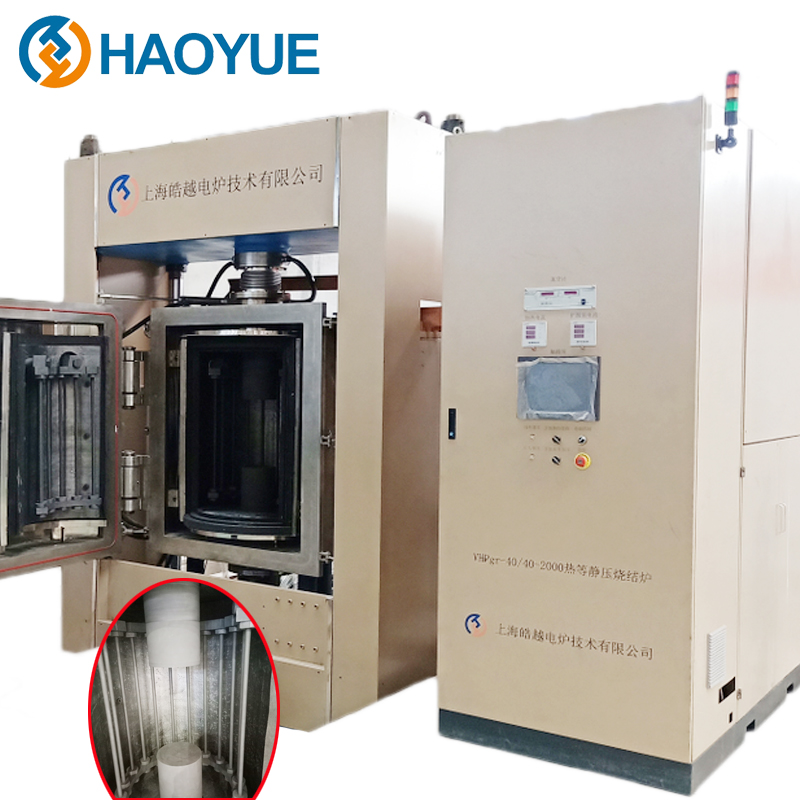Feb. 20, 23
The hot pressing process gives its products unique advantages. Therefore, the process plays a major role in the production of cemented carbide. The main characteristics of this process are:
a. High density and good performance of the hot pressed product. The porosity of the hot pressed product is extremely low and the density almost reaches the theoretical value. At the same time, due to the short hot pressing time, the carbide grains do not grow due to the recrystallisation process, so the product carbon is finer than tungsten grains, which makes the hot pressed products have higher hardness and better wear resistance, especially suitable for the manufacture of precision tools such as precision rolls and high precision wear parts.
b. Small pressing pressure allows for the production of large products. The unit pressing pressure required for hot pressing is only about one tenth of that required for cold pressing. In addition, the size of the product can be enlarged by welding, so the size of the hot pressed product is limited by the capacity of the press being smaller than that of the cold press.
Currently, hot pressing produces cemented carbide products weighing several tens or even hundreds of kilograms.

c. Complexly shaped products can be produced. As a result of hot pressing, the powder material has a thermoplastic nature and good fluidity, so it can be made into shaped products with complex shapes, such as thin-walled tubes and ball and pillar products. However, for long parts, there are still uneven densities and long parts that are welded are often welded unevenly.
d. Large, non-deformed products can be produced. The hot pressing method overcomes the disadvantages of cold pressing and sintering deformation, allowing long parts that do not bend and hollow products of relatively accurate dimensions to be obtained. However, due to hot pressing, cobalt is extruded from the surface of the product, which not only causes cobalt loss (1 to 3%), but also makes the surface of the hot pressed product rough and difficult to clean and process.
e. Suitable for single-piece production. Hot pressing tools are easy to manufacture and have a short production cycle, making them particularly suitable for much-needed single-piece or small batch production.
f. Low productivity and high costs. The hot pressing method can only produce one to a few products at a time. Moulds are costly and have a short service life. Therefore, it is not suitable for mass production. The cold sintering method is generally used to produce Products.
g. High operational technical requirements. In the hot pressing process, the combination of temperature and pressure, the speed of heating up and cooling down, and the control of shrinkage play a decisive role in the performance and defects of the product. A high level of operator skill is therefore required.
It is worth noting that the development of balanced and isostatic hot pressing has overcome some of the disadvantages of the hot pressing process.
If you want to know more details, please contact us.